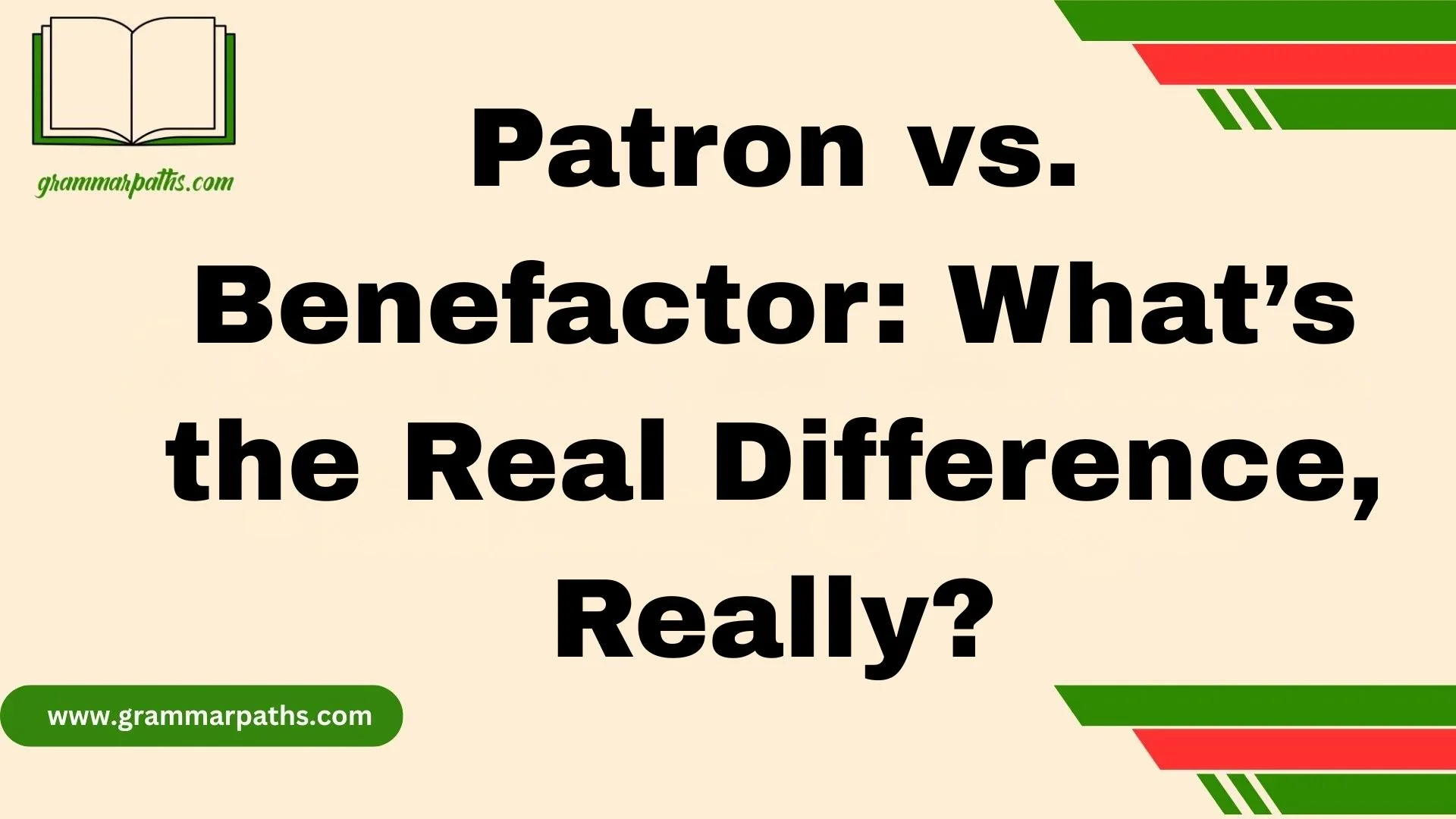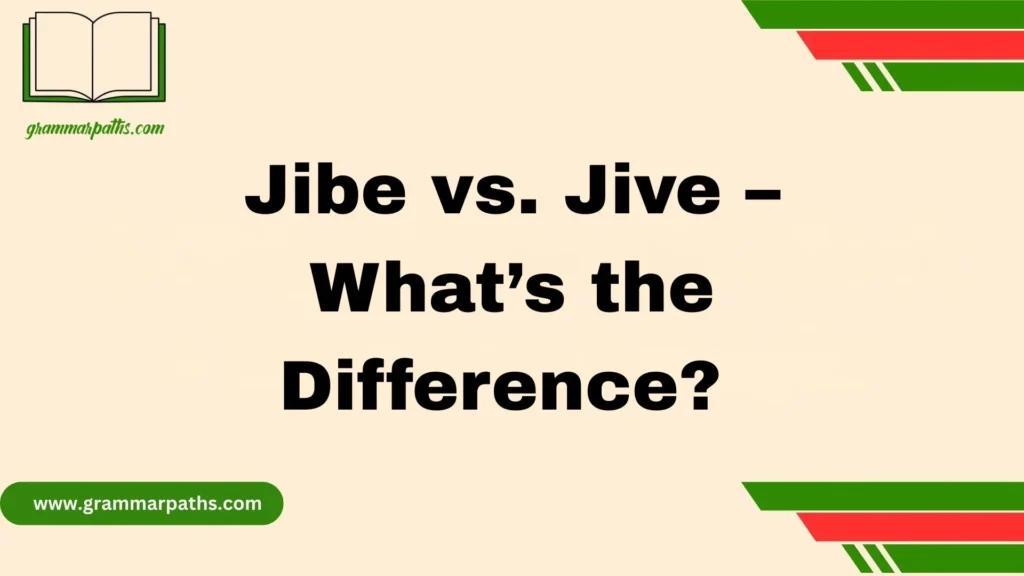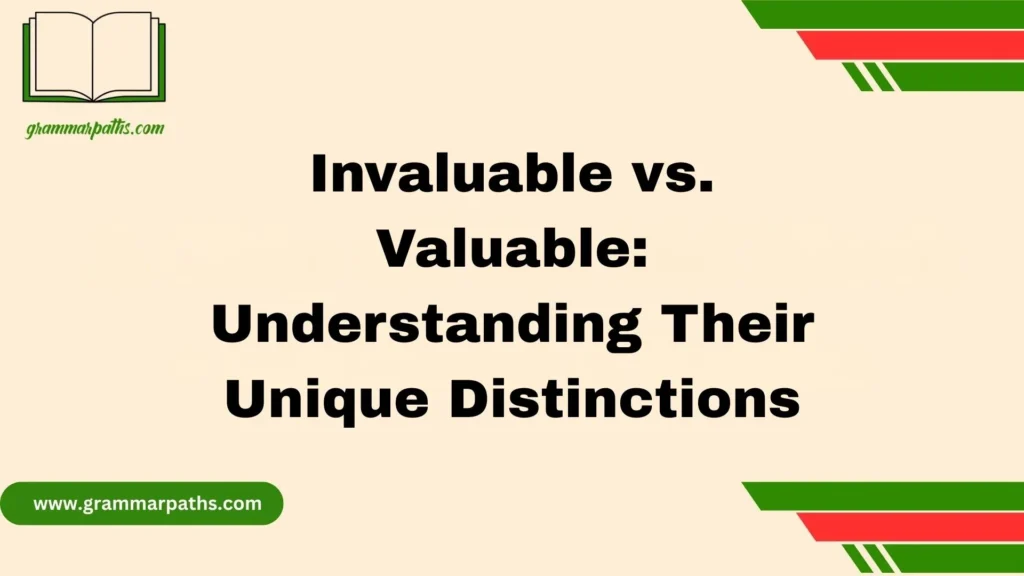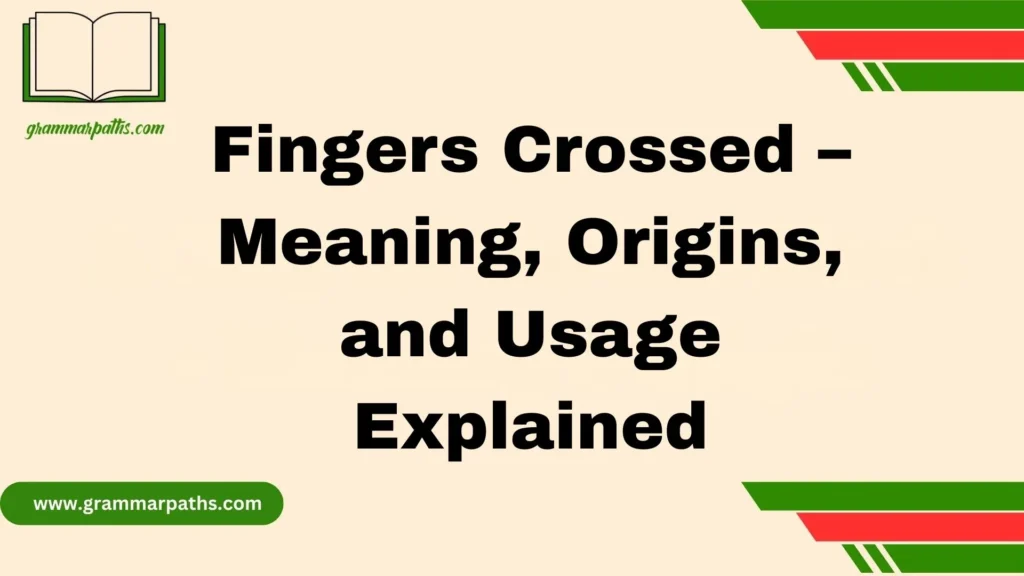Looking at history, it’s clear that both patrons and benefactors have shaped entire civilisations in powerful ways. Take the Medici family, for example. As renowned patrons of Renaissance art, their continuous support for artists like Michelangelo, Leonardo, and advice lifted European culture to new heights. On the flip side, a benefactor such as Andrew Carnegie offered one-time donations that built libraries and transformed the education systems in America. This context shows how vital it is to recognise the nuances in the “Patron vs. Benefactor – What’s the Real Difference?” debate, especially when discussing how such individuals helped shape society.
The terms we choose matter, because each role carries a different kind of engagement. A patron is typically involved in the artistic or social journey, offering consistent support along the way. A benefactor, by contrast, provides resources from a place of financial power, often without long-term involvement. When the label fits the contribution, it shows deep understanding and respect for their unique impact. Both are essential, but knowing the context is the key to honoring their legacy correctly.
Why Understanding the Difference Matters
In a world where precision in language is key—especially in writing, speaking, and professional settings—choosing the right word isn’t just about sounding smart. It’s about being clear, respectful, and accurate.
Imagine this:
You’re thanking a donor in a public letter. Do you call them a patron or a benefactor? Using the wrong word could sound careless—or even disrespectful.
Students, teachers, grant writers, and professionals alike benefit from knowing the difference. Let’s explore it step by step.
Etymology and Origins
Understanding where words come from helps you grasp their modern meaning.
| Word | Origin Language | Root Word | Literal Meaning |
| Patron | Latin | patronus | Protector or advocate |
| Benefactor | Latin | benefacere | To do good |
Key Takeaway:
- Patron started as someone who defended or protected another person.
- Benefactor is built from “bene” (good) + “facere” (to do)—someone who does good, typically through giving.
What Does “Patron” Mean?
A patron is someone who supports a person, organization, cause, or business—often through repeated involvement.
Core Characteristics of a Patron:
- Ongoing supporter
- Involved in the community or recipient’s life
- Not necessarily wealthy
- May offer financial, social, or moral support
Common Contexts:
- Arts & Culture: A patron supports a theater, gallery, or writer
- Commerce: A loyal customer is a patron of a café or bookstore
- Education: A school patron could be a trustee or donor with long-term ties
- Digital Platforms: Think Patreon—patrons support creators monthly
“A patron is like a gardener who waters the plant regularly—not just a one-time visitor.”
Example Sentences Using “Patron”:
- The local library relies on the support of its loyal patrons.
- She became a patron of the arts, attending every opening night at the gallery.
- Through Patreon, thousands of creators receive support from their patrons every month.
What Does “Benefactor” Mean?
A benefactor is someone who provides help or support, especially financial assistance, often without expecting anything in return. The act is typically philanthropic and one-time or large-scale.
Core Characteristics of a Benefactor:
- Offers financial help, often in large sums
- Usually not directly involved long-term
- Motivated by generosity, legacy, or altruism
- Formal and often used in charitable contexts
Common Contexts:
- Scholarships: Educational funds from a benefactor
- Non-profits: Endowments or large donations
- Trusts and Wills: A benefactor leaves assets for others
- Healthcare & Hospitals: Named wings and units often honor benefactors
“A benefactor is like someone who builds a well for a village—they give once, but it benefits many for years.”
Example Sentences Using “Benefactor”:
- The university received a generous donation from an anonymous benefactor.
- Thanks to the benefactor’s endowment, the hospital added a new pediatric wing.
- As a benefactor, she helped dozens of students pursue their college dreams.
Patron vs. Benefactor: Key Differences Table
Let’s break down the core differences in a side-by-side table:
| Feature | Patron | Benefactor |
| Type of Support | Ongoing, sustained | Often one-time or long-term financial gift |
| Involvement Level | Regular, participatory | Occasional or formal |
| Tone/Formality | Casual to neutral | Formal, philanthropic |
| Common Contexts | Arts, business, education, services | Charity, education, legal, medical |
| Examples | Library patron, art patron | Scholarship benefactor, hospital donor |
| Recognition | May or may not seek recognition | Often named or honored |
Real-World Contexts Where It Matters
Creative Industries:
- Patron: Supports artists, performers, or writers regularly
- Benefactor: Funds a gallery or donates to a museum expansion
Education:
- Patron: Local community member who supports events or programs
- Benefactor: Funds scholarships or academic buildings
Business:
- Patron: Regular customer at a business
- Benefactor: Investor or donor with no expected return
When “Patron” Is the Better Choice
Use “patron” when:
- The support is ongoing (e.g., monthly contributions)
- You’re talking about a customer or client
- The individual actively participates in what they support
Examples:
- A coffee shop’s loyal patrons often receive discounts.
- Many podcasts thank their patrons at the end of episodes.
When “Benefactor” Is the Better Choice
Use “benefactor” when:
- The gift is a large, one-time contribution
- You’re emphasizing generosity or charity
- It’s in a formal or legal context
Examples:
- The university’s benefactor established a $2 million scholarship fund.
- He was listed as a benefactor in her will.
Choosing the Right Word: Quick Decision Guide
Ask yourself:
- Is the support ongoing or one-time?
- Is the person a customer, or a donor?
- Is the tone formal or casual?
- Is it philanthropy, or participation?
Common Misconceptions
Let’s clear up a few myths.
- Myth 1: Patron and benefactor are interchangeable
Wrong. A patron is often a supporter or customer; a benefactor is a financial giver. - Myth 2: A benefactor must be ultra-wealthy
Not true. Anyone who donates meaningfully to a cause can be called a benefactor. - Myth 3: Patrons are outdated
False. Platforms like Patreon, Buy Me a Coffee, and Ko-fi are powered by modern-day patrons.
Where They Overlap
Despite the differences, both roles:
- Offer support and generosity
- Are seen as positive contributors
- Can apply in educational, cultural, or charitable contexts
Overlap Example:
A person who donates monthly to a school’s art program could be considered both a patron and a benefactor, depending on the language used by the organization.
Case Study: Museum Example
Let’s look at a real-world scenario.
The American Museum of Natural History receives a $10 million donation from the Ford Foundation. This is a benefaction—the foundation is a benefactor.
Meanwhile, individual families who:
- Purchase annual memberships
- Attend events regularly
- Support small exhibitions
Why the Difference Matters:
The Ford Foundation gave once (though generously), while the families engage regularly. Both are valued—just in different ways.
Case Study: Digital Creators
In the creator economy:
- Platforms like Patreon have redefined what it means to be a patron
- Supporters pledge monthly contributions in exchange for exclusive content
- A benefactor in this space might fund an entire production or project but have no ongoing interaction
Example:
- Sarah has 800 patrons on Patreon, funding her writing career.
- Last year, a benefactor covered her trip to a writers’ retreat in Oregon.
Case Study: Education & Scholarships
In the academic world:
- A benefactor might donate $100,000 to set up a scholarship
- A patron might be an alumnus who donates $50 every month for years
Both matter. But how they’re recognized and referred to differs.
University Example:
- John Q. Public Memorial Scholarship Fund = benefactor recognition
- Annual alumni thank-you dinner for supporting patrons = patron engagement
Tips to Remember the Difference
Here are some handy memory aids:
- Patron = Participation
- Benefactor = “Bene” = Good + Factor = Doer
- Think: Patrons show up. Benefactors show out.
Mini Quiz: Test Your Knowledge
Choose the correct word for each blank:
- The school thanked its long-term ______ for attending every fundraiser.
- A wealthy ______ donated land for the new community center.
- Sarah is a frequent ______ of that bookstore on Main Street.
- The university honored a ______ who gave $1 million toward research.
- Hundreds of podcast ______ fund their favorite shows monthly.
Answers:
- Patron
- Benefactor
- Patron
- Benefactor
- Patrons
Final Thoughts: Why It’s Worth Getting Right
Choosing between the words patron and benefactor isn’t just about style or grammar—it’s about recognizing the depth of someone’s involvement, intentions, and lasting contributions. Whether you’re referring to a continuous, actively engaged supporter or a generous, one-time donor, the label you use sends a powerful message of respect, clarity, and thoughtful appreciation.
As we’ve seen through history and personal experience, understanding these roles helps preserve and honor the unique relationship each individual brings to a cause. In the conversation around “Patron vs. Benefactor – What’s the Real Difference?”, getting it right is more than semantics—it’s a mark of care, understanding, and genuine gratitude.
Frequently Asked Questions (FAQs)
What is the main difference between a patron and a benefactor?
A patron is someone who offers ongoing support—financial or otherwise—often through regular involvement or engagement (like a customer or monthly donor). A benefactor, on the other hand, typically provides significant one-time financial support, often in a formal, philanthropic, or charitable context.
Can someone be both a patron and a benefactor?
Yes. In many cases, especially in education or the arts, a person may start as a patron and later become a benefactor—or vice versa. The key difference lies in the type and frequency of support they provide.
Is “patron” a more modern term than “benefactor”?
Actually, both words have ancient roots in Latin, and both are still widely used today. However, “patron” has taken on modern relevance through platforms like Patreon, which allow people to support creators on an ongoing basis.
Can businesses have patrons or benefactors?
Yes, but they typically have patrons—as in customers or loyal clients. The word “benefactor” is less commonly used for businesses unless referring to someone who donates to a non-profit business, foundation, or a social enterprise.
Is a donor the same as a benefactor?
They’re similar, but not always the same. A donor gives something—usually money, blood, or organs. A benefactor is specifically someone who provides financial support to help others or fund a cause, usually in a philanthropic or charitable setting. All benefactors are donors, but not all donors are benefactors.
What’s the difference between a sponsor and a benefactor?
A sponsor usually expects public recognition or advertising in return for their support—especially in events, sports, or media. A benefactor, by contrast, often gives without expecting direct promotional benefit, and the gift is usually larger and more philanthropic in nature.
Why do schools and universities use the word “benefactor” more than “patron”?
Because educational institutions often receive large financial gifts from individuals or foundations. These contributions are formal and charitable—perfect examples of benefaction. The term “benefactor” better reflects the philanthropic scale and intent of such donations.
Are patrons always wealthy?
No. Patrons can be anyone who offers regular support—even small, monthly contributions count. That’s why many creators on Patreon describe even $5/month supporters as patrons.
How do I decide which word to use in a thank-you speech or letter?
- If the person gave a large, charitable donation: use “benefactor.”
- If they are a regular customer, or consistently support your work: use “patron.”
- When in doubt, consider the tone: formal = benefactor; casual = patron.
Is the word “patron” only used in the arts?
No. While it’s common in the arts (like a patron of the opera), it’s also used in:
- Retail and hospitality (restaurant patron)
- Libraries and public services (library patron)
- Digital content platforms (Patreon)
References & Resources
- Merriam-Webster – Patron
- Merriam-Webster – Benefactor
- Oxford English Dictionary
- Patreon.com
- National Philanthropic Trust

Emma Brooke is a passionate language expert and contributor at GrammarPaths.com, where she helps learners navigate the complexities of English grammar, idioms, and effective writing. With a strong academic background and years of teaching experience, Emma excels at turning tricky grammar rules into simple, practical lessons that readers can easily grasp.












